- Omorc Snorkel Sea Mask Sea View 180° Go Pro Compatible diving mask.
Pacsafe Metrosafe 150 GII Anti-Theft Cross Body Sling Bag
JOBY GorillaPod SLR Zoom. Flexible Tripod for DSLR and Mirrorless Cameras Up To 3kg. (6.6lbs).
4. Anker PowerCore 5000, Ultra-Compact 5000mAh External Battery with Fast-Charging Technology, Power Bank for iPhone, iPad, Samsung Galaxy and more.
5. Huadoo H3 IP68 Military Rugged Outdoor Sports Waterproof Shockproof Dustproof 3G Cell Phone With Physical Keypad Unlocked Smartphone 2.4 Inch Quad Core Long Standby Dual SIM Mobile.
6. Solar Charger,Dizaul 5000mAh Portable Solar Power Bank Waterproof/Shockproof/Dustproof Dual USB Battery Bank for cell phone,iPhone,Samsung,Android phones,Windows phones,GoPro Camera,GPS and More
7. Kensington International Travel Adapter with 2.4 Amp Dual USB Ports (K33998WW)













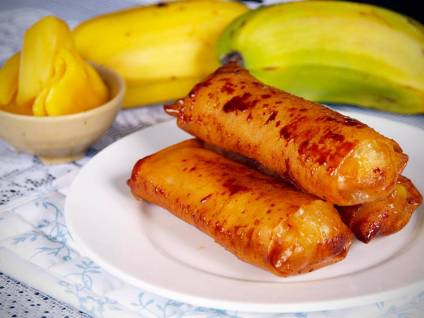
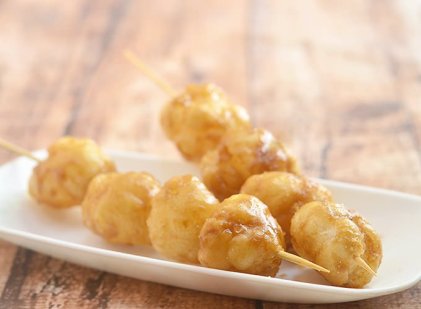

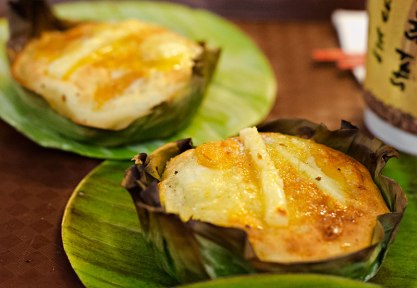
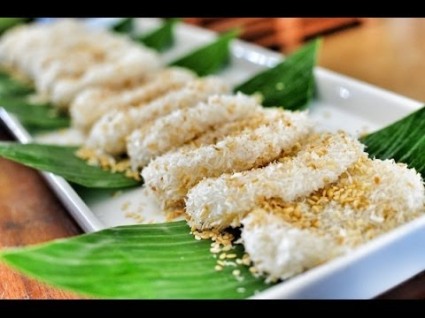
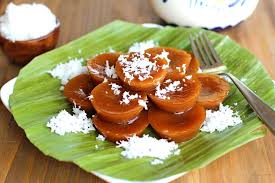






 It’s actually really good if you’re into that kind of stuff. But if you’re just a curious eater. I think you will like it as long as you stop thinking about what it is.
It’s actually really good if you’re into that kind of stuff. But if you’re just a curious eater. I think you will like it as long as you stop thinking about what it is.
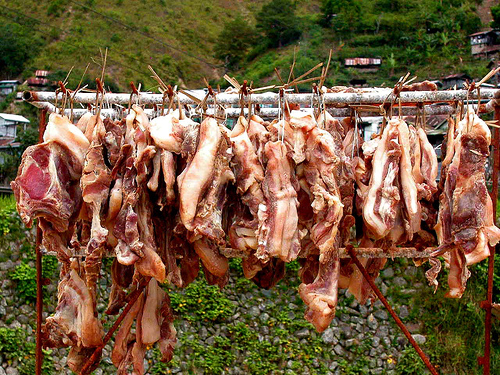

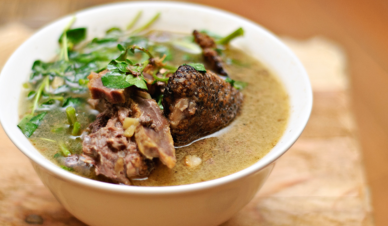
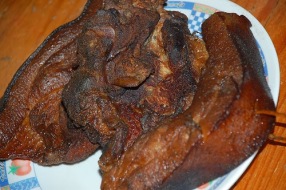

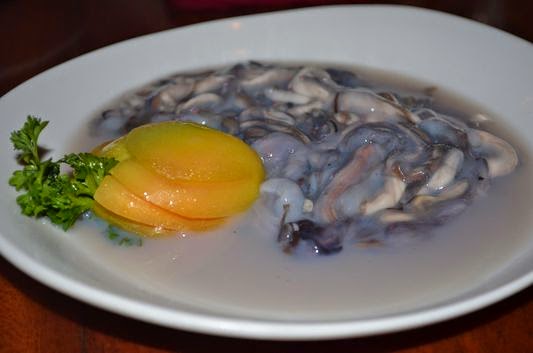









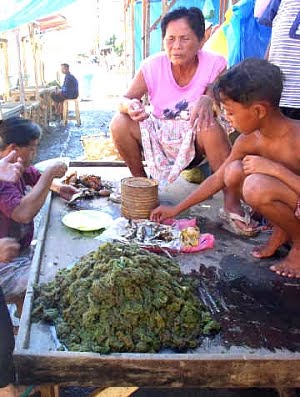



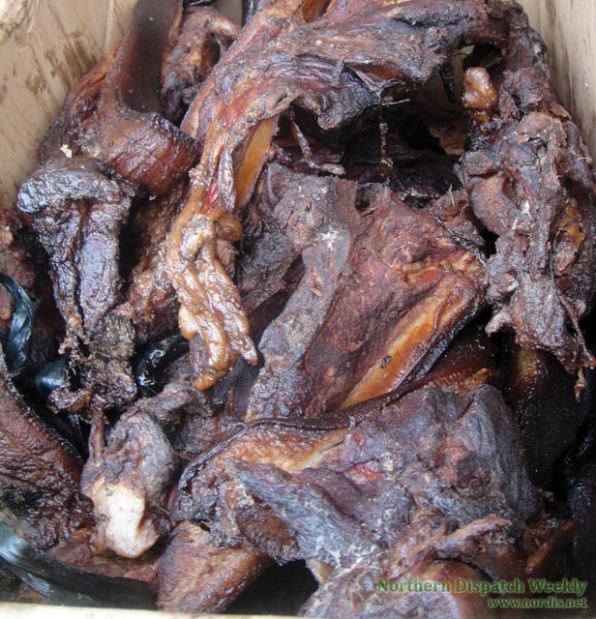



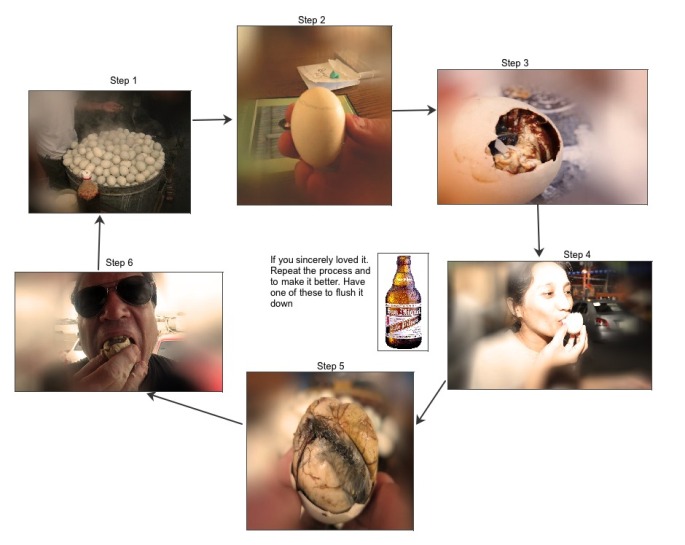
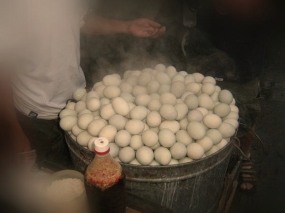
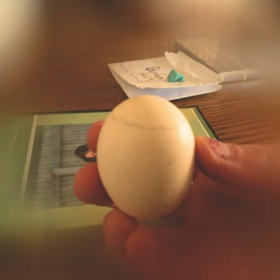
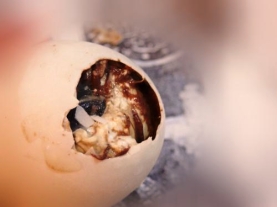
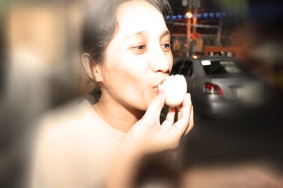


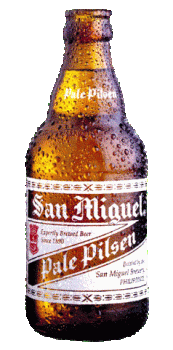
You must be logged in to post a comment.